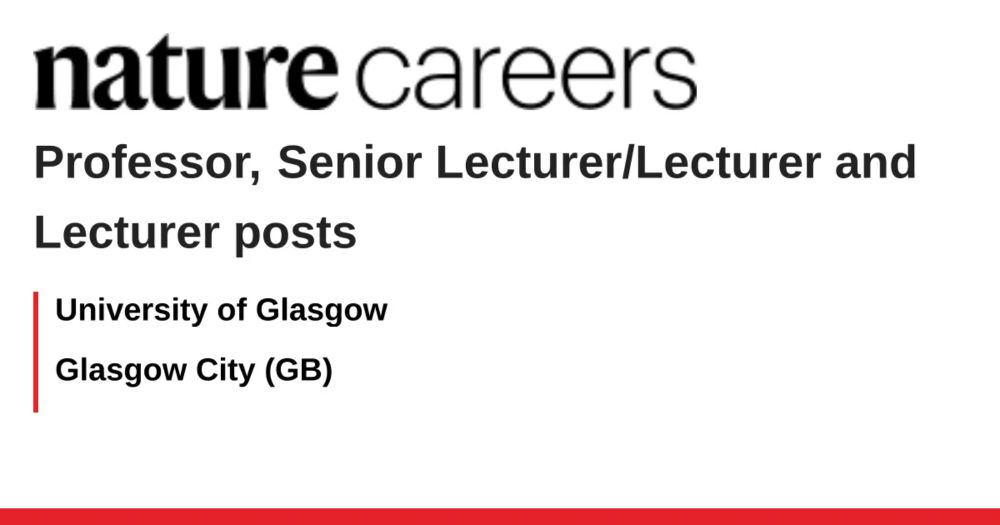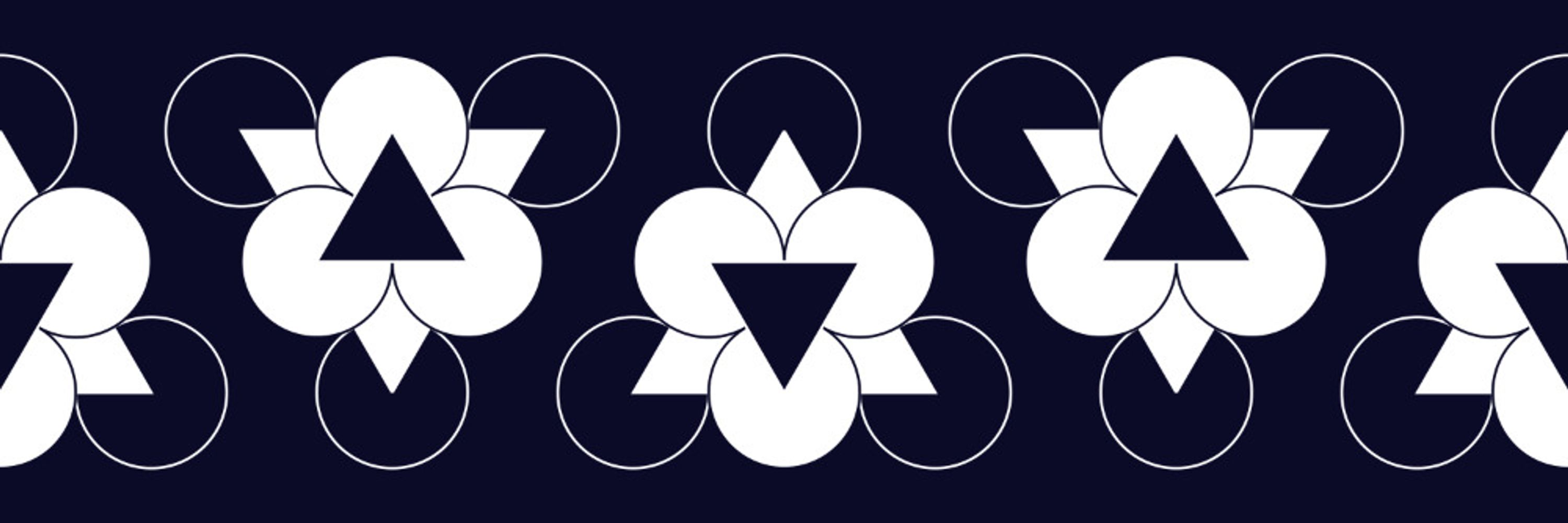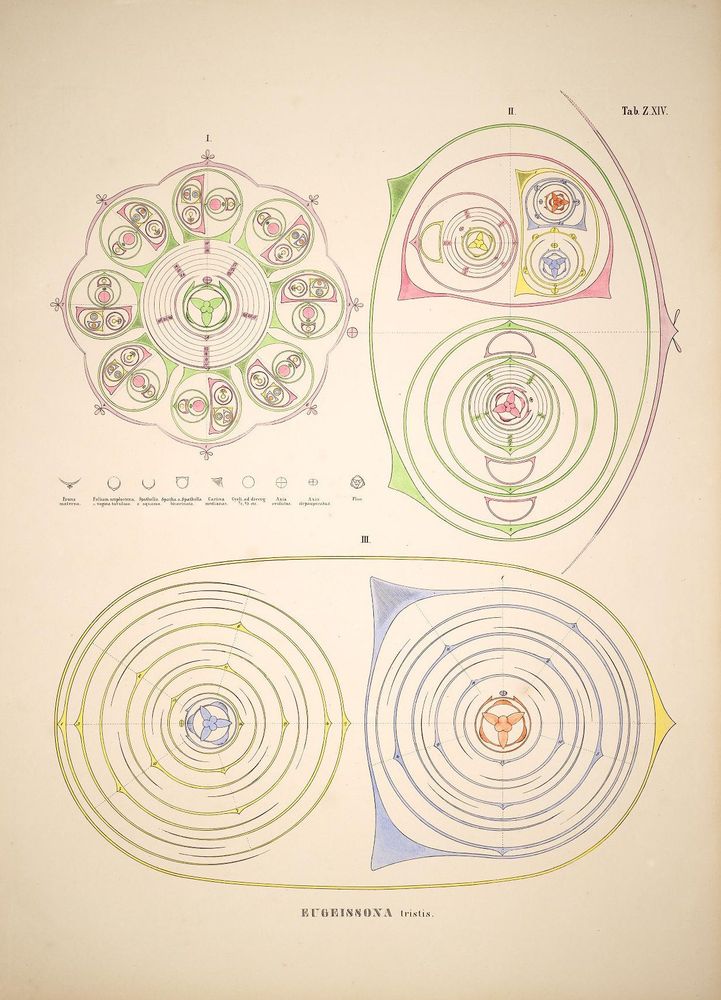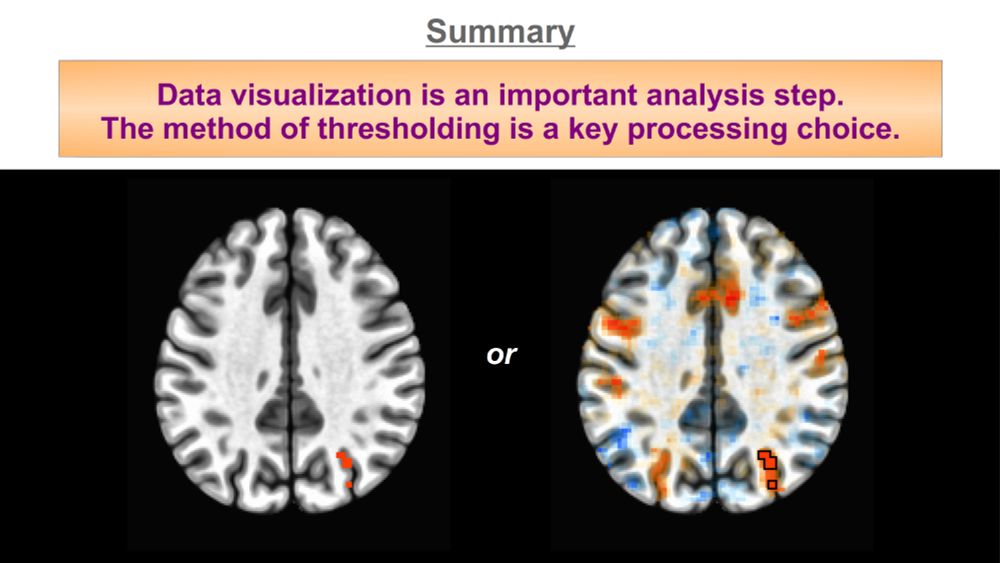Faruk Gulban
@ofgulban.bsky.social
390 followers
310 following
37 posts
High Resolution Magnetic Resonance Imaging |
Github → http://github.com/ofgulban
Youtube → http://youtube.com/@ofgulban
Blog → http://thingsonthings.org
Art → http://behance.net/ofgulban
Posts
Media
Videos
Starter Packs
Pinned
Reposted by Faruk Gulban
Reposted by Faruk Gulban
Faruk Gulban
@ofgulban.bsky.social
· Jul 25
Reposted by Faruk Gulban
Faruk Gulban
@ofgulban.bsky.social
· Jul 17

Computing geometric layers and columns on continuously improving human (f)MRI data
Authors: Ömer Faruk Gülban, Renzo Huber | Date: April 2024 Chapter published here: Functional magnetic resonance imaging (fMRI) today is a common method to study the human brain. The popularity of …
layerfmri.com
Reposted by Faruk Gulban
Faruk Gulban
@ofgulban.bsky.social
· Jun 24
Reposted by Faruk Gulban
Faruk Gulban
@ofgulban.bsky.social
· Jun 11
Faruk Gulban
@ofgulban.bsky.social
· May 28
Faruk Gulban
@ofgulban.bsky.social
· May 23
Reposted by Faruk Gulban
Reposted by Faruk Gulban
Lars Muckli
@larsmuckli.bsky.social
· Apr 5

Professor, Senior Lecturer/Lecturer and Lecturer posts - Glasgow City (GB) job with University of Glasgow | 12838283
University of Glasgow College of Medical, Veterinary and Life Sciences School of Psychology & Neuroscience Professor in Cognitive Neuroscience/Psy...
www.nature.com
Reposted by Faruk Gulban











